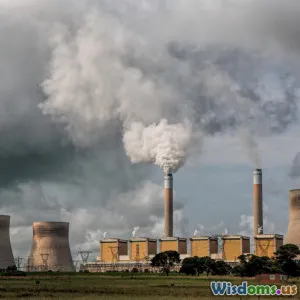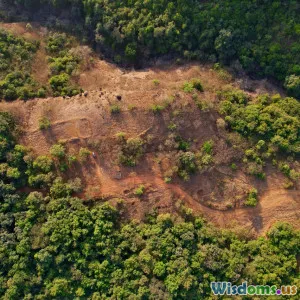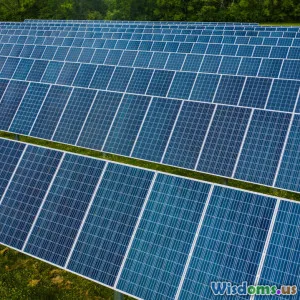
Solar Versus Wind Energy Which Is Better For SDGs
19 min read Comparing solar and wind energy for advancing Sustainable Development Goals (SDGs), focusing on environmental, economic, and social impacts. (0 Reviews)
Solar Versus Wind Energy: Which Is Better For Sustainable Development Goals?
As the call for climate action grows ever more urgent, the world’s focus is sharpening on renewable energy. Two major contenders are steering the transformation: solar and wind power. But when it comes to meeting the United Nations’ Sustainable Development Goals (SDGs), which energy source delivers a better impact? The answer is complex, involving more than just output or cost. It hinges on how these technologies influence health, prosperity, the environment, and equitable progress.
Understanding the SDGs and Their Connection to Energy
The 17 Sustainable Development Goals, agreed upon by 193 nations, chart an ambitious course toward a fairer, greener, more inclusive world by 2030. Out of these, energy is central—Goal 7 explicitly demands “affordable, reliable, sustainable and modern energy for all”. But energy’s reach is far broader:
- SDG 3 (Good Health and Well-being)
- SDG 8 (Decent Work and Economic Growth)
- SDG 13 (Climate Action)
- SDG 11 (Sustainable Cities)
Access to clean energy improves education, health, and tied-in economic opportunities. Fossil fuels, conversely, create a domino effect of negative impacts—pollution, climate change, and resource depletion. Renewables are the antidote, but deciding between solar and wind means evaluating beyond simple generation.
Efficiency and Potential: Where Do Solar and Wind Stand?
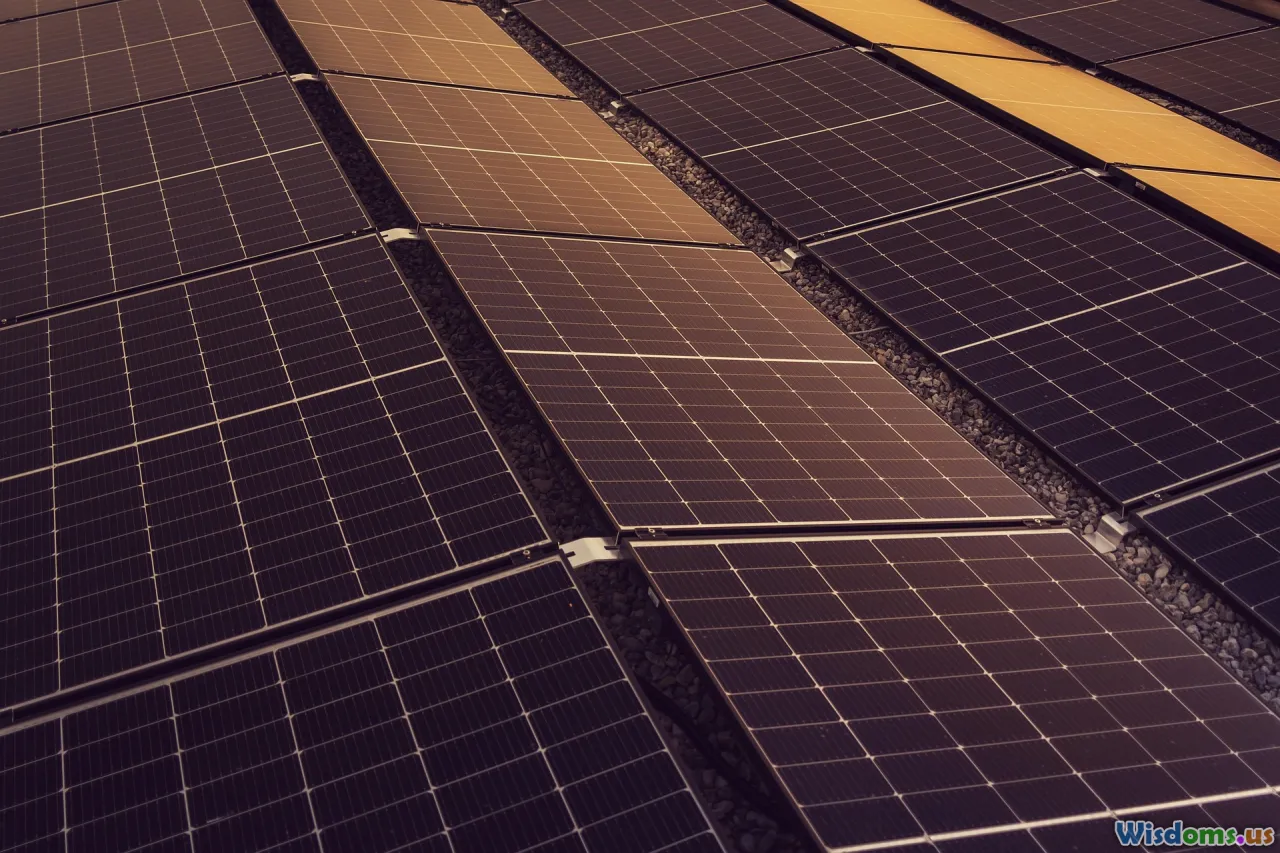
Solar and wind both transform natural forces into electricity, but their potential varies with geography and climate.
Solar: Solar photovoltaic (PV) panels capture sunlight, converting photon energy into usable electricity. They shine best in regions rich in sunlight—think the American Southwest, Southern Europe, Australia, and North Africa. Their average conversion efficiency for commercial panels hovers between 18-22%. As of 2022, solar PV accounted for about 3.7% of the global electricity supply, with costs falling roughly 85% since 2010.
Wind: Wind turbines harvest kinetic energy from air movement. The world’s wind resources are strongest in coastal regions, open plains, and offshore areas. Modern onshore wind turbines typically achieve a capacity factor of 35-50%, while offshore turbines can go even higher. In 2022, wind supplied around 7% of global power.
Example: Denmark generates over 40% of its electricity from wind, while countries like Bangladesh and India rely heavily on decentralized solar for rural electrification. Both showcase how local context shapes potential.
Environmental Impact: Carbon, Land, and Lifespan
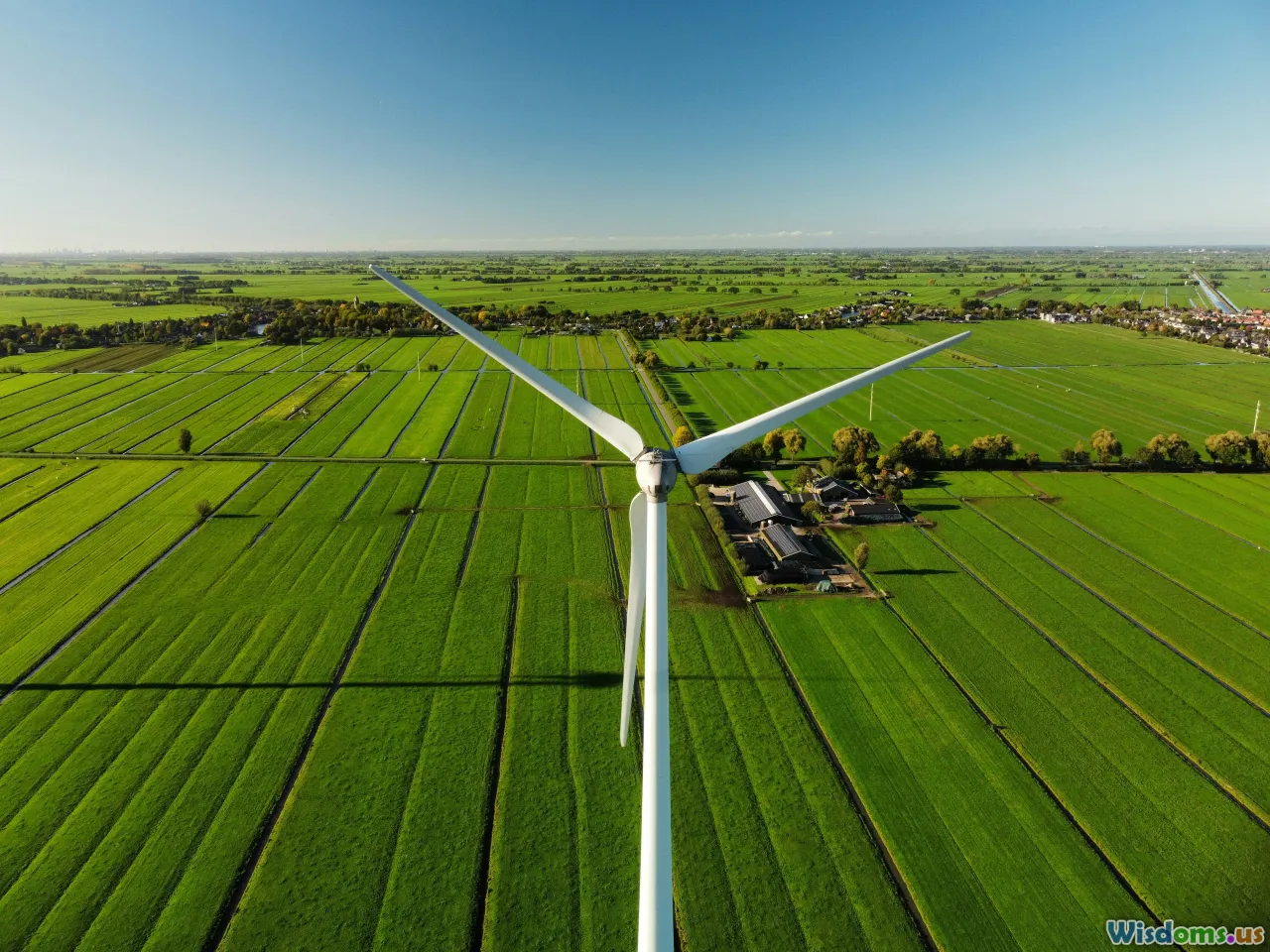
Any sustainable solution must tread lightly on the planet. Here, solar and wind outshine fossil fuels, but key differences matter:
-
Carbon Footprint: Over their lifecycle, both solar and wind have minimal CO2 emissions. Studies estimate wind generates about 12g CO2-equivalent per kWh, slightly edging past solar’s 45g (due to manufacturing processes).
-
Land Use: Solar farms can require significant land area, particularly utility-scale installations. However, solar panels can be installed on roofs or above crops (agrivoltaics), maximizing efficiency with minimal conflict. Wind turbines occupy less ground at the base, allowing farmland or habitat to persist beneath. But their towering stature can alter landscapes.
-
Material and Recycling: Both technologies use metals and rare materials. Solar panels’ glass and silicon are recyclable, yet the industry currently recycles under 10% of end-of-life modules due to infrastructure lags. Wind turbine blades, mostly composites, are harder to recycle but new solutions—like repurposing blades for construction—are emerging.
-
Biodiversity: Wind turbines, especially poorly planned sites, may impact birds and bats. Responsible siting and turbine design are crucial for minimal ecosystem disruption. Solar, in some cases, threatens arid habitats but tends to have fewer wildlife conflicts when thoughtfully designed.
Insight: Both technologies contribute to SDG 13 by slashing emissions, but land and biodiversity impacts hinge on careful implementation—solar can favor dense or degraded lands, while wind offers more harmony with agriculture but needs biodiversity safeguards.
Economic Development and Job Creation
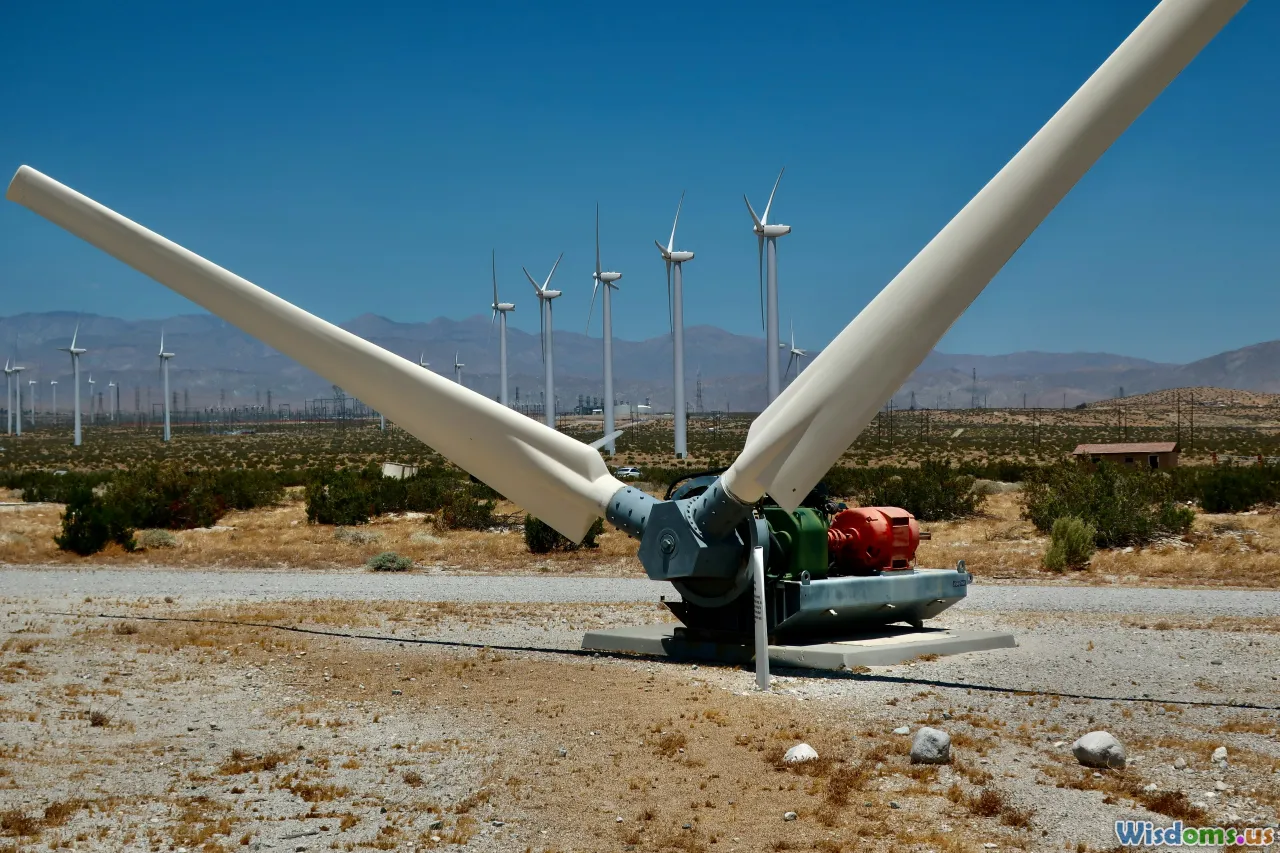
SDG 8 champions decent work and inclusive economic growth, and clean energy drives a powerful engine of new employment. So, which sector creates more opportunities?
Solar Energy:
- Globally, solar is the largest employer among renewables. As of 2022, the International Renewable Energy Agency (IRENA) counted over 4.3 million solar PV jobs, spanning manufacturing, installation, operations, and maintenance.
- Most of these jobs are created locally during installation phases—think rooftop systems or community arrays—bolstering local economies.
- Solar can be scaled down for off-grid villages, enabling microenterprises and powering schools and clinics, critical for SDGs around poverty reduction and health.
Wind Energy:
- Wind supports approximately 1.4 million jobs worldwide, primarily in manufacturing, O&M, and project development.
- Offshore wind, a growing sector, brings higher-skilled, higher-paid jobs in hubs ranging from Europe to China.
Gender and Inclusion:
- The renewable energy workforce is more gender-diverse than fossil fuel industries. Solar often provides better entry points for women, especially through sales networks and micro-scale businesses in rural areas.
Example: In Morocco’s Noor Solar complex, local hiring and training have catalyzed new opportunities, as have wind projects along Kenya’s Lake Turkana, engaging local communities in maintenance and supply chains.
Scalability and Grid Integration
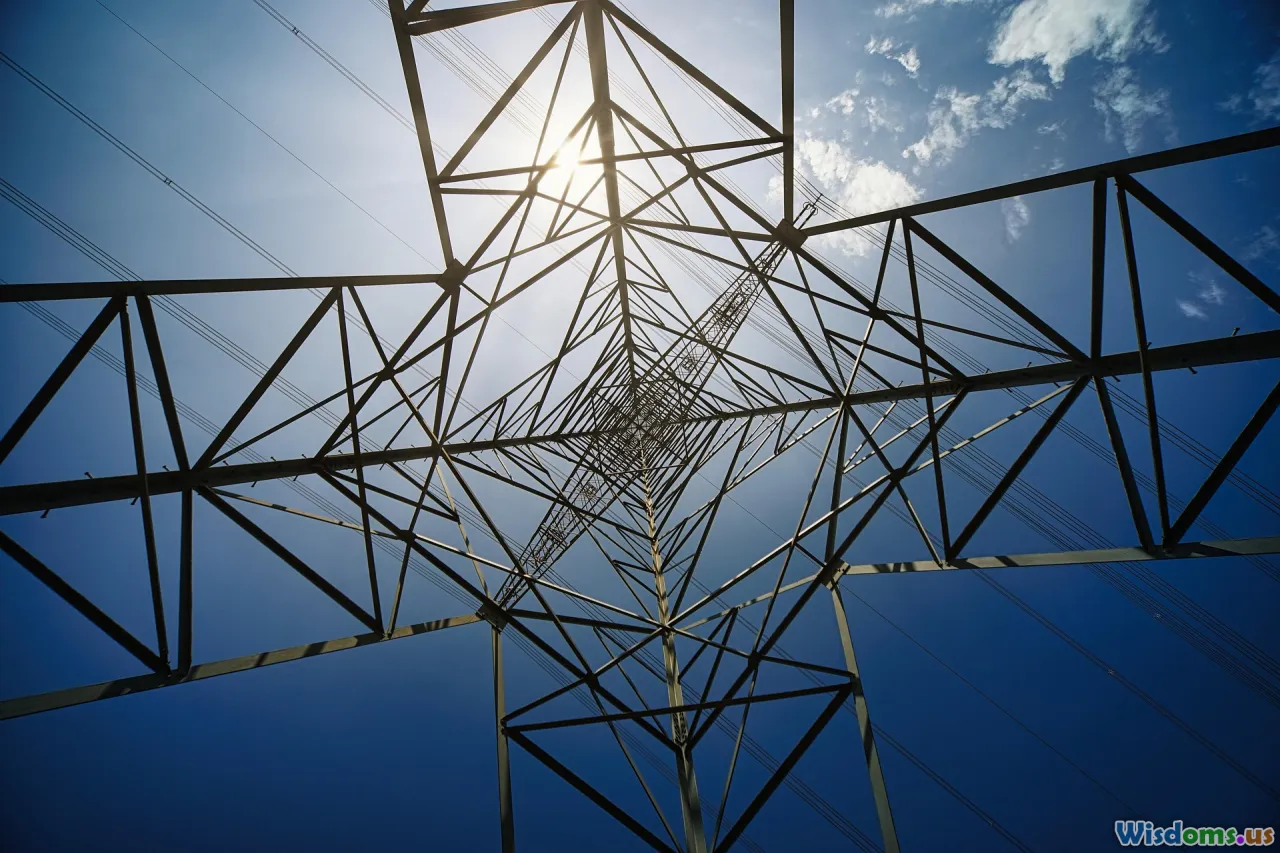
For mass adoption—crucial for SDG 7 and zero carbon aspirations—renewables must scale cost-effectively and smoothly synchronize with existing grids.
Solar:
- Strength: Solar is exceptionally modular, fitting projects from rooftop panels to gigawatt-scale solar parks. Rapid build times and few moving parts support widespread deployment.
- Challenge: Solar is intermittent, with generation peaking in midday and tapering off at night. This creates grid balancing puzzles—unless paired with storage or flexible demand.
Wind:
- Strength: Modern wind turbines, including offshore variants, deliver substantial power steadily as wind patterns allow. Wind often complements solar, as breezes can intensify when the sun isn’t shining.
- Challenge: Wind’s variability—due to storms or calms—means grids need flexibility. Offshore wind, while promising, requires significant investment in grid connections.
Solutions:
- Storage: Batteries, pumped hydro, and other storage tech help both energy types smooth their supply, but still need scaling.
- Smart Grids: Digital networks, remote forecasting, and demand-response systems let renewables slot into grids with much higher shares.
Example: Germany (“Energiewende”) merges solar and wind, leveraging smart grids and cross-border connectivity to keep renewable shares at over 50% of electric production.
Affordability and Accessibility: Who Benefits Most?

Universal energy access is key to the SDGs, yet as of 2021, over 700 million people remained without electricity. Renewables—especially when modular and decentralized—hold the potential to leapfrog grid barriers.
Solar’s Strength:
- Solar home systems and microgrids have brought light to off-grid communities in Asia, Africa, and Latin America. They’re swift to deploy, require little existing infrastructure, and empower communities.
- Example: Bangladesh’s Solar Home Systems program has installed nearly 6 million systems, serving 20 million people and creating over 115,000 jobs.
- Solar is also democratizing: Small-scale ownership, mobile payments, and innovative business models open energy to the world’s poorest.
Wind’s Reach:
- Where wind resources are robust, small wind turbines can support villages and farms. However, wind usually shines at utility scale, requiring investment and stable policy environments.
Equitable Progress:
- Solar is unrivaled for last-mile access, vital for SDG 1 (No Poverty), SDG 5 (Gender Equality), and SDG 10 (Reduced Inequalities).
- Wind supports more grid-dependent regions, but where deployed, fuels broader economic regions and, for communities with land rights or equity stakes in projects, can catalyze meaningful local revenue.
Reliability, Maintenance, and Community Acceptance
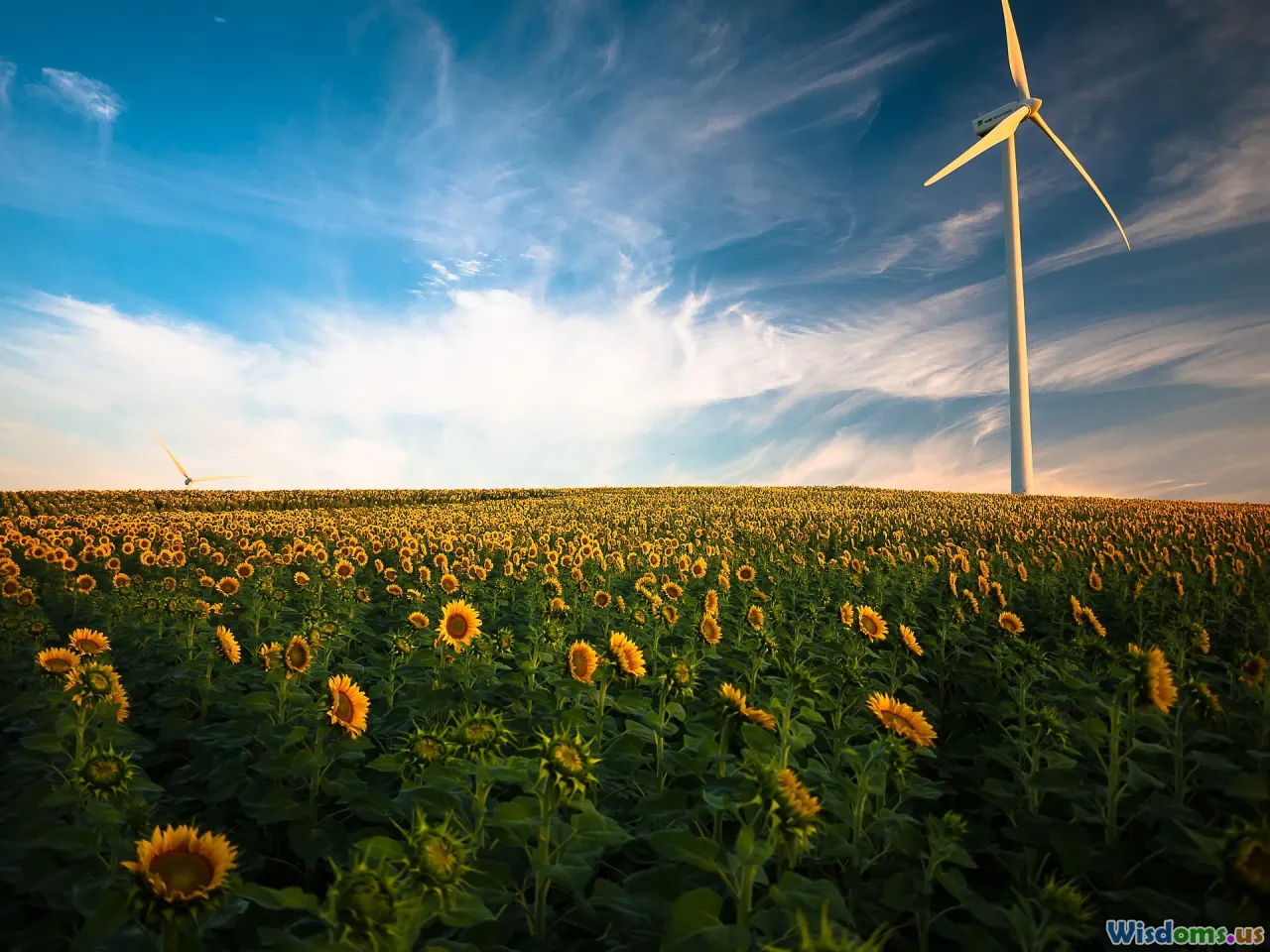
Long-term sustainability means more than just installing technology—it’s about systems that communities can understand, maintain, and accept.
Solar Systems:
- Require little upkeep, and simple PV systems have few moving parts. Local training initiatives can quickly upskill technicians domestically.
- Battery maintenance and inverter replacement are the main challenges, but solution-oriented companies are increasingly providing bundled support.
Wind Turbines:
- Mechanical complexity is higher. Gearboxes, blades, and towers need periodic servicing; access to spare parts and trained staff is crucial, especially for remote maintenance.
- NIMBYism (“Not In My Backyard”) can delay wind projects—mostly over aesthetics or perceived noise. Careful siting, early consultation, and community benefits help ease tensions.
Community Stories:
- In Nepal, solar-powered microgrids fostered greater women’s participation in technical training.
- In Texas, wind farm revenue has safeguarded family farms against financial downturns, revitalizing rural economies while keeping lands productive.
Climate Resilience and Adaptability

Renewable technologies must also stand up to a changing climate—withstanding heatwaves, floods, hurricanes, and more.
Solar:
- Panels tolerate a range of temperatures, but performance dips in high heat. Advances in panel chemistry are reducing losses. Elevated or water-cooled solar can help in hotter, arid spots.
- Storms and hail present physical threats, but robust panel design and mounting lessen risks.
Wind:
- Turbines can automatically shut down during severe storms to avoid damage. Offshore designs are being fortified for hurricane-prone regions.
- On the flipside, changing wind patterns present forecasting challenges, requiring adaptive management and grid flexibility.
Forward-Looking Example:
- In the Caribbean, hurricane-hardened microgrids blending solar and wind are a lifeline for islands seeking both resilience and decarbonization.
Maximizing SDG Impact: A Sector-by-Sector Comparison
Let’s break down which technology aligns best with key SDGs:
| SDG | Solar Energy | Wind Energy |
|---|---|---|
| SDG 1, No Poverty | Excellent for last-mile electrification, micro-enterprise | Good: jobs, land leasing |
| SDG 3, Health | Indoor air improvement, powers clinics | Pollution/noise minimal |
| SDG 5, Gender Equality | Empowers via household, training | Workforce less accessible |
| SDG 7, Clean Energy | Modular, wide reach | Large scale, grid contributions |
| SDG 8, Economic Growth | High job creation in install/maintenance | Steady employment, better wages |
| SDG 9, Innovation | Rapid advances in low-cost, efficiency | Smart turbines, big data |
| SDG 10, Reduce Inequality | Drives decentralization | Landowner, community benefit |
| SDG 11, Sustainable Cities | Rooftop PV, low-impact building | Urban wind potential limited |
| SDG 13, Climate Action | Low-carbon, fast deploy | Lower carbon, higher output |
No single winner emerges. Solar is superior for remote, impoverished, or urbanized settings. Wind flexes its muscle where land and steady breezes abound. Both, however, are far more compatible with SDGs than any fossil incumbent.
How To Choose: Navigating Local Priorities for SDG Achievement
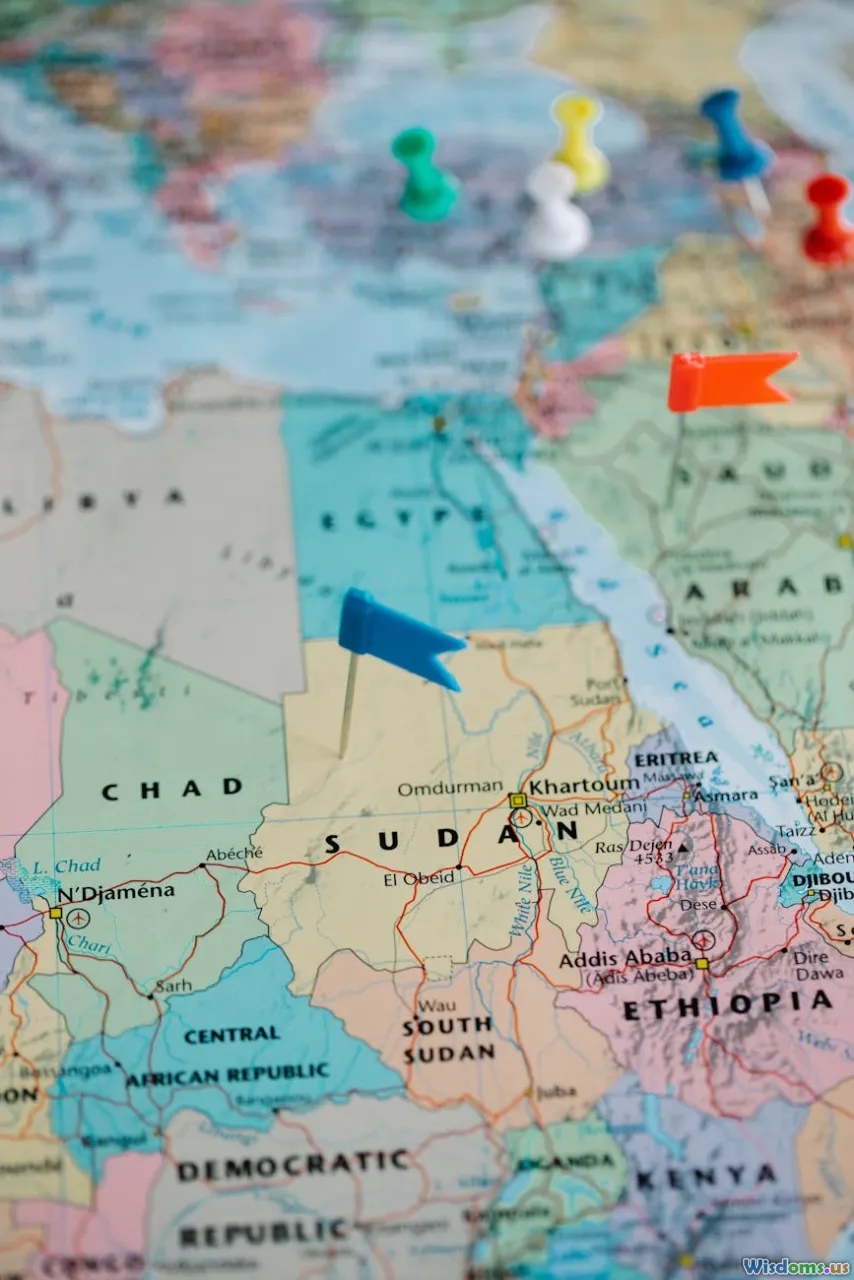
There’s no universal answer to “solar versus wind”—the greater SDG impact depends greatly on context. Here’s how policymakers, communities, and investors can decide:
- Assess Local Conditions: Analyze sun and wind availability, population density, land use priorities, and infrastructure. Use high-res maps and locally gathered data.
- Blend, Don’t Battle: Consider hybrid systems—solar by day, wind by night. Coupling improves energy reliability and optimizes land use.
- Community Engagement: Engage all local voices from the outset, especially women, minorities, and the marginalized. Ownership models foster buy-in, skill-sharing, and distribute wealth.
- Plan for Lifecycle: Invest in recycling programs and end-of-life strategies for panels and blades. Train local labor in installation and repair, adding jobs and technical capacity.
- Set Ambitious but Realistic Goals: Implement policy incentives, regulations, and grid reforms that speed up adoption while protecting local ecosystems and economies.
Global Lessons:
- Kenya, “Last Mile Connectivity” paired solar with mini-wind for off-grid reaches.
- Texas, a wind superpower, has exported models for community revenue sharing worldwide.
- India, champions solar-driven school electrification, multiplying education and gender impacts.
The SDG journey is about people, ecosystems, and making every watt count. Solar and wind—smartly deployed—form the heart of a fair, resilient, and prosperous future. Whether your starting line is a city, a seaside farm, or a sun-beaten village, the smarter question isn’t “which is better?” but how to blend them for the greatest sustainable good.
Rate the Post
User Reviews
Other posts in Renewable Energy
Popular Posts










